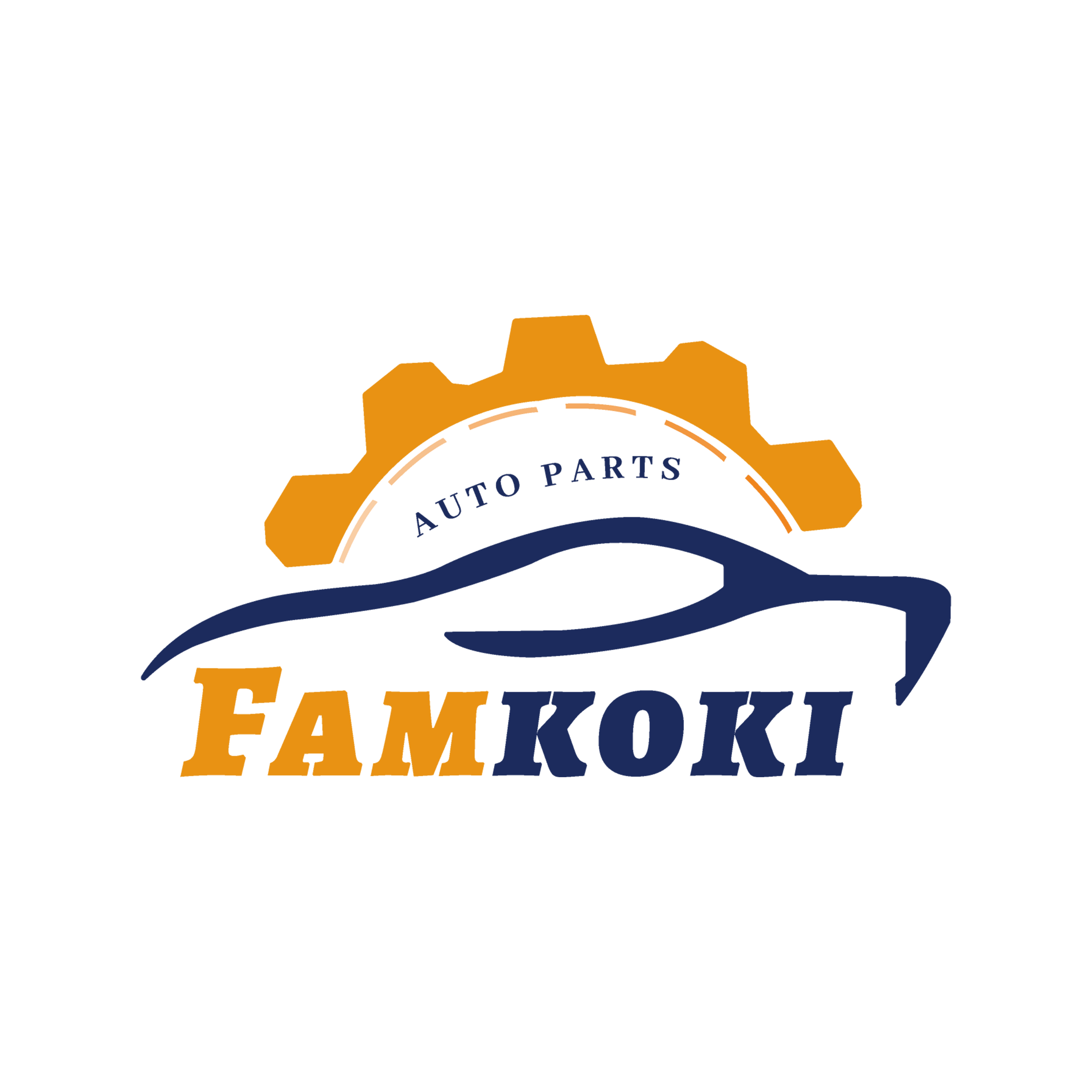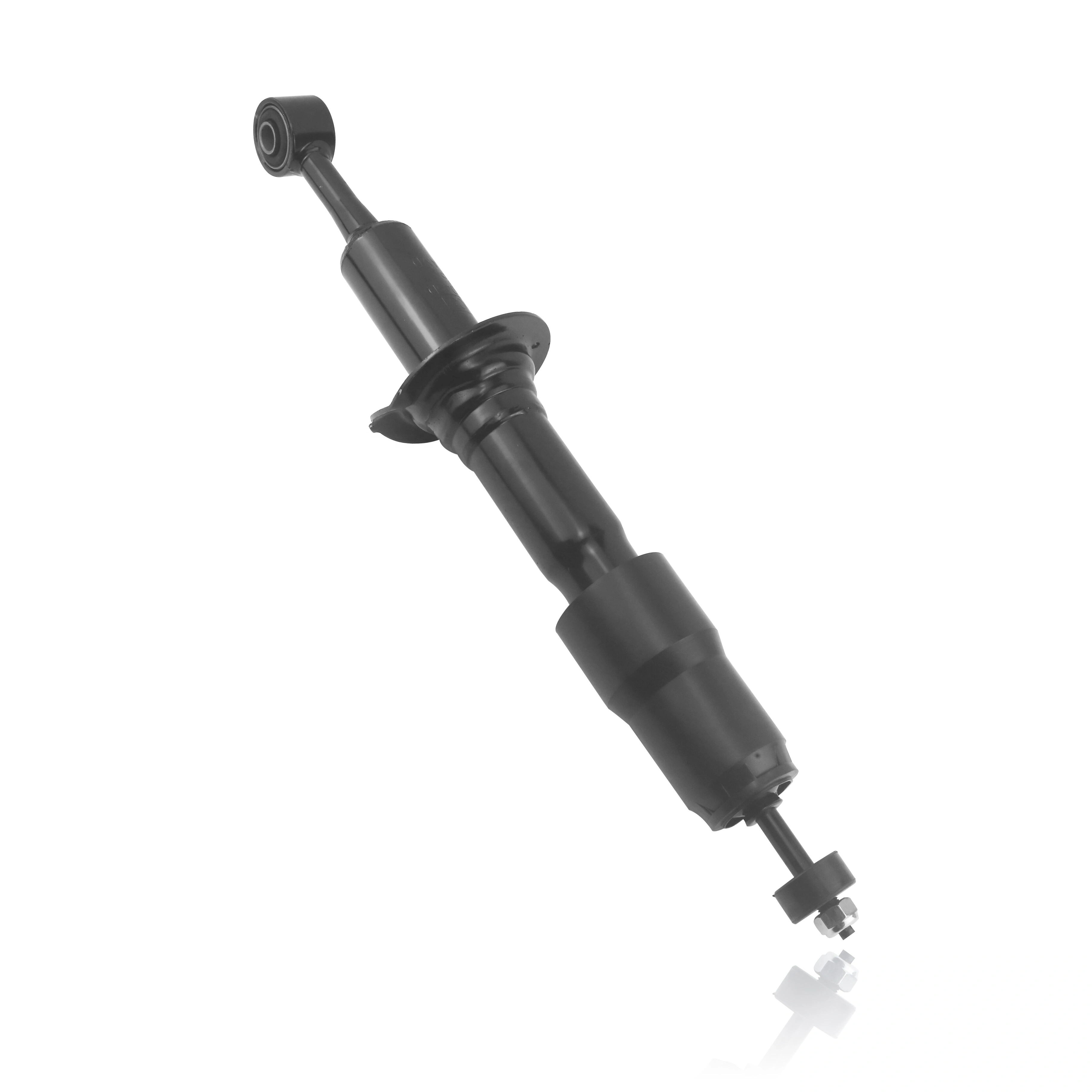Understanding Vehicle Suspension and Its Role in Handling Performance
The Role of Suspension in Vehicle Dynamics and Improved Handling and Control
The suspension system in a car serves as the main connection point between the frame and the wheels. It handles all those forces coming up from the road surface while keeping the tires actually touching the ground. When driving around corners, good suspension keeps the body from rolling too much side to side. It also helps manage how weight shifts when accelerating or hitting the brakes, which makes the car handle better overall. Today's suspensions work because they combine springs that soak up bumps, shock absorbers that control bouncing, and various metal parts that keep everything aligned properly. For cars built for performance, engineers focus on making sure the suspension doesn't compress too far and bounces back quickly after hitting something. This gives drivers better feel for what's happening under the car and makes handling more predictable in real world conditions.
How Upgraded Suspension Components Influence Ride Quality and Performance
Replacing factory components alters the suspension’s behavior in three key ways:
- Precision: Stiffer bushings and forged linkages minimize flex, translating steering inputs more directly
- Composure: Adjustable dampers reduce oscillation, improving stability on uneven surfaces
- Adaptability: Progressive-rate springs balance compliance over small bumps with firm support during aggressive maneuvers
While these changes sharpen handling, they often trade off some ride comfort—a deliberate shift favoring responsiveness in performance applications.
Key Differences Between Stock and Performance Suspension (Shocks, Springs, Struts)
OEM suspensions prioritize cost efficiency and ride comfort, using softer spring rates and basic hydraulic shocks. Performance builds employ:
| Component | Stock Design | Performance Upgrade |
|---|---|---|
| Springs | Linear rate, high ride height | Progressive-rate, lowered stance |
| Shocks | Fixed damping, limited heat capacity | Adjustable valving, gas-charged |
| Mounts | Rubber bushings | Spherical bearings |
This hardware shift reduces deflection under load, enabling precise cornering and higher grip thresholds without bottoming out.
Core Components: Shocks, Springs, and Coilovers for Optimized Ride and Control
Shock Absorbers and Their Impact on Damping Control and Handling Response
Shock absorbers these days handle energy dissipation that's really important for keeping control of vehicles, especially when driving aggressively or on rough roads. Monotube shocks cut down on fluid foaming problems by around 34 percent when compared with regular twin-tube shocks according to SAE research from 2023. This means they can maintain better damping performance even when things get bumpy. As a result, drivers experience less wheel hopping and their cars respond much faster in turns. Testing shows this actually makes a difference too - cars equipped with monotube shocks complete slalom courses about half a second quicker than those with standard shocks during lab tests.
Performance Spring Types: Lowering Springs vs. Progressive Coils
When installed, lowering springs typically bring the vehicle's center of gravity down between 1.5 to 2.5 inches, which makes turns feel sharper and more responsive. Progressive coil springs work differently though. They start off much softer in the beginning compression range around 12-18%, giving drivers a comfortable ride day to day. But when pushing through corners harder, these springs firm up significantly with about 30% increased stiffness. A recent survey from the tuning community back in 2024 showed something interesting too. Around 7 out of 10 autocross racers who responded said they go for progressive springs most often because they handle both street driving and track days without needing constant adjustments. Makes sense really since nobody wants to swap springs every time conditions change.
Matching Shocks and Springs for Balanced, Responsive Suspension Tuning
Mismatched spring and shock pairings increase bottom-out incidents by 41% (BMW Club Racing 2023 data). Optimal setups maintain ≈15% deviation between spring rates and shock valving, ensuring balanced energy management. This alignment reduces understeer by 22% while preserving bump absorption on rough surfaces.
Case Study: Handling Improvements From High-End Shock and Spring Upgrades
In controlled track testing, a Honda Civic Type R equipped with performance shocks and springs achieved:
- 2.4-second lap time reduction at Laguna Seca
- 19% improvement in lateral G-force retention
- 33% less brake dive during threshold braking
Despite these gains, the setup retained 88% of factory ride comfort in city driving per ISO 2631 vibration standards.
Coilover Systems: Adjustable Precision for Street and Track Handling Demands
Why Coilovers Are a Top-Tier Choice for Performance Suspension Upgrades
Coilover systems combine shocks and springs in one adjustable package, giving way more flexibility than stock suspension setups. Drivers can adjust how stiff the damping feels, set the car lower to the ground, and tweak spring tension based on what they need from their ride. That kind of customization is why so many automotive enthusiasts love these systems for track days while still being able to drive normally around town. Take it from experience - when someone drops their car's center of gravity between 15 to 25 millimeters using coilovers, body roll decreases about 40% when taking corners hard according to Vivid Racing research from last year. Makes sense why people want both track performance and daily driver comfort in one package.
Adjustability Features: Ride Height, Damping, and Preload Tuning for Handling Finesse
Three core adjustments define coilover performance:
- Ride Height: Threaded collars enable millimeter-level changes to optimize aerodynamics and weight distribution
- Damping Control: Independent rebound and compression settings govern how quickly the suspension responds to impacts
- Spring Preload: Adjusts initial tension to prevent sag while preserving full travel range
Together, these features allow users to switch from a comfortable daily setup to a stiff track configuration in under 30 minutes.
Real-World Benefits of Coilovers in Daily Driving and Track Applications
Coilovers these days manage to strike a pretty good balance between giving cars better handling and still being usable on regular streets. When driving around town, the adjustable damping settings keep most of the original ride comfort intact (around 85 to maybe even 90 percent), but without all that annoying body lean when turning corners. Going faster through bends? These setups let drivers get into corners about 20% quicker, and stay stable through the middle part too, because the tires maintain better contact with the road surface. People who drive their modified cars daily often find they need to get alignments done less frequently compared to those using just lowered springs. Some estimates suggest roughly 30% fewer trips to the shop for this reason, since the suspension stays properly aligned over time thanks to how these systems preserve the original geometry.
Are Coilovers Overkill for Daily Drivers? Evaluating Practicality vs. Performance
For everyday drivers looking at coilovers, entry level options give enough tweaking room for most needs. The really expensive ones though? Those are built for racing tracks rather than regular roads. Mid priced kits seem to hit that balance point best, usually coming with around 8 to maybe 12 different damping levels plus about half an inch of height adjustment range. Perfect if someone wants to play on weekends at the track but still needs something comfortable enough for Monday through Friday commutes. A recent study found that roughly three out of every four performance cars driven daily actually have coilovers installed. And it's not just because they can be adjusted. Many owners appreciate how these systems resist rust better than factory setups and tend to last much longer too.
Supporting Upgrades: Sway Bars, Control Arms, and Alignment Tuning
How performance sway bars reduce body roll during aggressive cornering
Performance sway bars reduce body roll by increasing torsional stiffness across the axle. Compared to factory units, upgraded bars distribute lateral forces more evenly, helping maintain tire contact at lean angles exceeding 25° (NHTSA 2023). This minimizes traction loss caused by uneven weight transfer in high-speed turns.
Upgraded control arms and their role in maintaining optimal alignment geometry
Adjustable control arms correct geometry distortions introduced by ride height modifications. Featuring precision-machined joints and reinforced bushings, they preserve critical suspension angles under load, preventing erratic steering and premature tire wear. Research shows vehicles with altered ride heights experience 40% faster alignment drift without upgraded arms.
Synergy between sway bars, control arms, and suspension components for cohesive handling
When integrated with performance shocks and springs, these components form a unified system:
- Sway bars manage lateral weight transfer
- Control arms maintain proper wheel positioning
- Tuned dampers control vertical motion
This synergy improves transitional response by 18% compared to partial upgrades (SAE International 2024).
The critical role of camber, caster, and toe in maximizing handling gains
Proper alignment unlocks the full potential of upgraded hardware:
- Camber (-1.5° to -2.5°) maximizes tire contact during cornering
- Caster (6°–8°) enhances steering feel and straight-line stability
-
Toe (0° to 0.25° inward) balances agility with tracking accuracy
Track-prepared vehicles with optimized settings achieve 22% faster lap times than those relying on factory alignment specs.
FAQ
What is the main function of a suspension system in a vehicle?
The suspension system in a vehicle primarily serves to connect the frame and wheels, absorbing road forces and maintaining tire contact for improved handling, especially when cornering or braking.
How do performance upgrades affect a vehicle's suspension?
Performance upgrades like stiffer bushings, adjustable dampers, and progressive springs enhance handling and precision but may reduce ride comfort by focusing more on responsiveness.
Are coilovers suitable for daily driving?
Coilovers are suitable for daily driving, providing adjustability in ride height, damping, and spring tension, balancing between regular road use and performance requirements.
What's the importance of sway bars in performance vehicles?
Sway bars reduce body roll by increasing the torsional stiffness across the axle, helping to maintain tire contact during high-speed turns, which improves traction and handling.
Table of Contents
- Understanding Vehicle Suspension and Its Role in Handling Performance
- Core Components: Shocks, Springs, and Coilovers for Optimized Ride and Control
-
Coilover Systems: Adjustable Precision for Street and Track Handling Demands
- Why Coilovers Are a Top-Tier Choice for Performance Suspension Upgrades
- Adjustability Features: Ride Height, Damping, and Preload Tuning for Handling Finesse
- Real-World Benefits of Coilovers in Daily Driving and Track Applications
- Are Coilovers Overkill for Daily Drivers? Evaluating Practicality vs. Performance
-
Supporting Upgrades: Sway Bars, Control Arms, and Alignment Tuning
- How performance sway bars reduce body roll during aggressive cornering
- Upgraded control arms and their role in maintaining optimal alignment geometry
- Synergy between sway bars, control arms, and suspension components for cohesive handling
- The critical role of camber, caster, and toe in maximizing handling gains
- FAQ
 EN
EN
 AR
AR
 FR
FR
 KO
KO
 PT
PT
 RU
RU
 ES
ES


